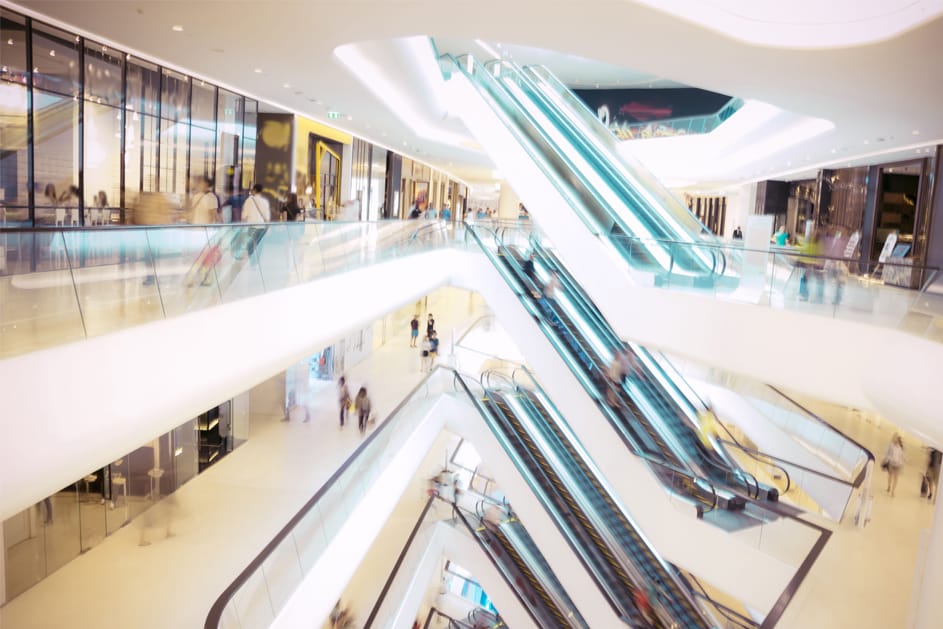With e-commerce continually increasing and a new generation of shoppers who have never known life without online shopping, learning to optimise your retail presence is fundamental to growth. But many brick-and-mortar retailers are lagging behind due to a lack of personalisation, in-store experiences and mobile convenience. In fact, IBM recently reported a shocking lack of digital innovation and creativity in retail.
In this article, we highlight the seven key areas that define the brick and mortar customer experience:
Store Experience
Creating a space that customers visit instead of simply shopping, delivers an in-store experience that goes beyond price and convenience. Some brands like Hyundai are already experimenting with this concept of turning their brick-and-mortar spaces into destinations.
Digital Experience
Almost every business today has a website; however, the challenge is to connect the online and in-store experience in a way that makes sense to the customer. Recognising how your customers use your website, and amplifying that interaction in-store, helps to build a rounded perception of your brand.
According to Adobe’s industry sector lead for retail in Europe, Vijayanta Gupta, “Although e-commerce has grown, the retail store is still king. Customers want to visit the store and try the products for themselves. If they like a product they see online, but it’s not there in the store—or if it looks or works differently than they expected from the website—then the company has probably lost the sale”.
Physical/Digital Integration
E-commerce has changed and continues to influence consumers’ expectations. Personalisations, plus quick and convenient access to almost anything we desire is the norm, and offline retailers are no less susceptible to our expectations. Some brands like Clydesdale Bank are already embracing this approach. By using AV technology to mirror customer online experiences, they deliver personalised, convenient and fast experiences in-store.
Mobile Experience
The majority of consumers use their mobile phone every day. However, research shows that European stores are failing to keep up with the expectations of today’s mobile-enabled shoppers with a benchmark score of 17 (out of 100). From payment options to customer information, meeting the demands of the mobile phone-toting consumer is key.
Omni-Channel Supply Chain
Whilst online owns convenience and speed, in-store can carve their own niche by enhancing the overall experience. Buying online and then picking up and/or returning in-store is a clear example where the omnichannel approach works well to serve the interest of the end consumer.
Personalisation
There are lots of exciting talks about employing artificial intelligence to further improve personalisation. However, less than 30% of brands are investing in this, with the majority continuing to deliver generic marketing messages. For brands like Ted Baker who are using content management systems to deliver personalised retail experiences the competitive advantage is clear.
Social Media
Reviews have been proven to be a good way to increase sales conversion, and social media plays a big part in this process–Facebook alone has over 2bn users. Some stores are leveraging this by bringing social media in-store. Social media integration runs the gamut from simply displaying Twitter messages on LED screens to developing interactive competitions on Instagram.
With these tips, you have the potential to be one of the top 3% of brands who deliver an amazing customer experience. Developing a relationship with a top-of-the-line AV specialists can help get you there. Join in on the Wow Factor. The opportunities to use hi-tech AV solutions are limitless.


Recent Comments